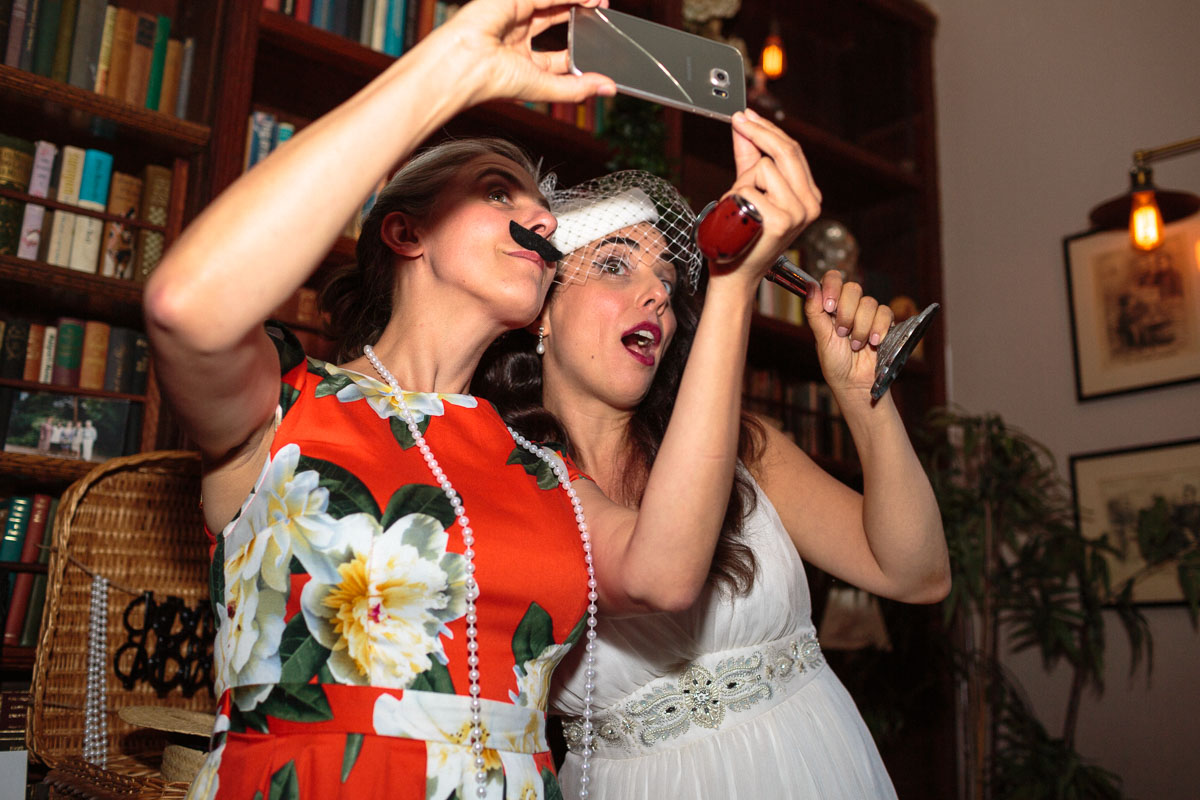Selfie culture has become a global phenomenon in the age of smartphones and social media. But why do people take selfies, and what motivates this behaviour? While selfies may appear to be a modern trend, self-portraits long predate the internet (and smartphones). In this post, I’ll unpack the psychology behind selfies and explore the positive and negative effects, including why some say selfies are good, why others argue selfies are bad, and what it means when someone seems obsessed with taking selfies.
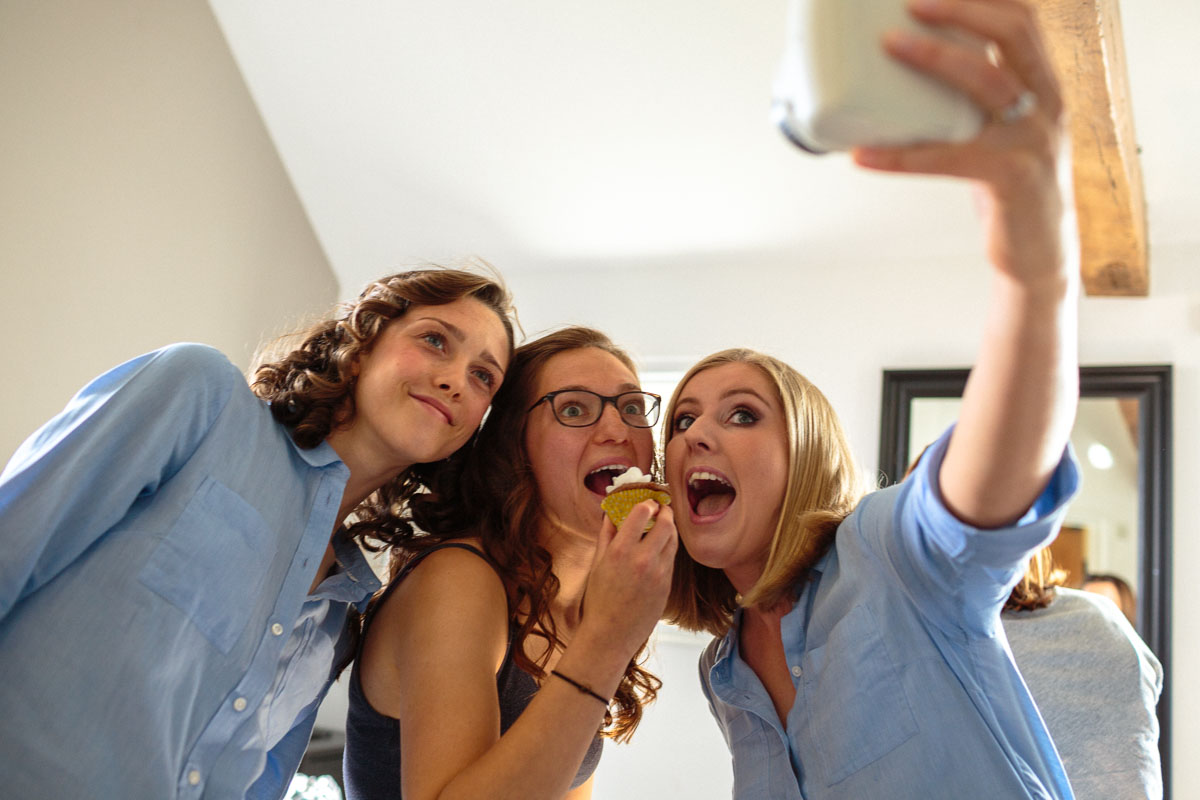
What Is a Selfie and Why Do People Take Selfies?
A selfie is a self-portrait photo, typically taken with a smartphone (see Figure 1), often by holding the device at arm’s length or using a selfie stick. While selfies can include others, a defining feature is that the photographer is also in the image. The term “selfie” gained popularity in the early 2010s and has become a staple of social media platforms like Instagram, Facebook, and Snapchat.
But why are people taking selfies? For many, they’re a form of self-expression—an instant way to preserve memories, showcase personality, and connect with others. In a world shaped by likes, shares, and visibility, selfies boost self-esteem for some and help others feel more accepted. Yet, not everyone takes them for the same reason.
Who Took the First Selfie and Why Did They Do It?
The first photographic self-portrait—arguably the earliest selfie—was taken in 1839 by Robert Cornelius. Cornelius, a pioneer in photography, set up his camera in his family’s shop in Philadelphia and captured his image, marking the beginning of our fascination with self-portraits.
Street photographers like Vivian Maier also took many self-portraits, reflecting her long-standing interest in capturing her image long before the ability to share them online. These early examples prove that the point of selfies is not necessarily new: self-representation and the desire to preserve identity have always existed.
By the mid-1990s, digital cameras like the Casio QV-10 made it easier for people to take selfies by allowing them to see themselves while shooting (see Figure 2 for an example of an early selfie). However, it wasn’t until the rise of photo-centric social media platforms—such as Instagram and Snapchat—that today’s selfie obsession truly took off.
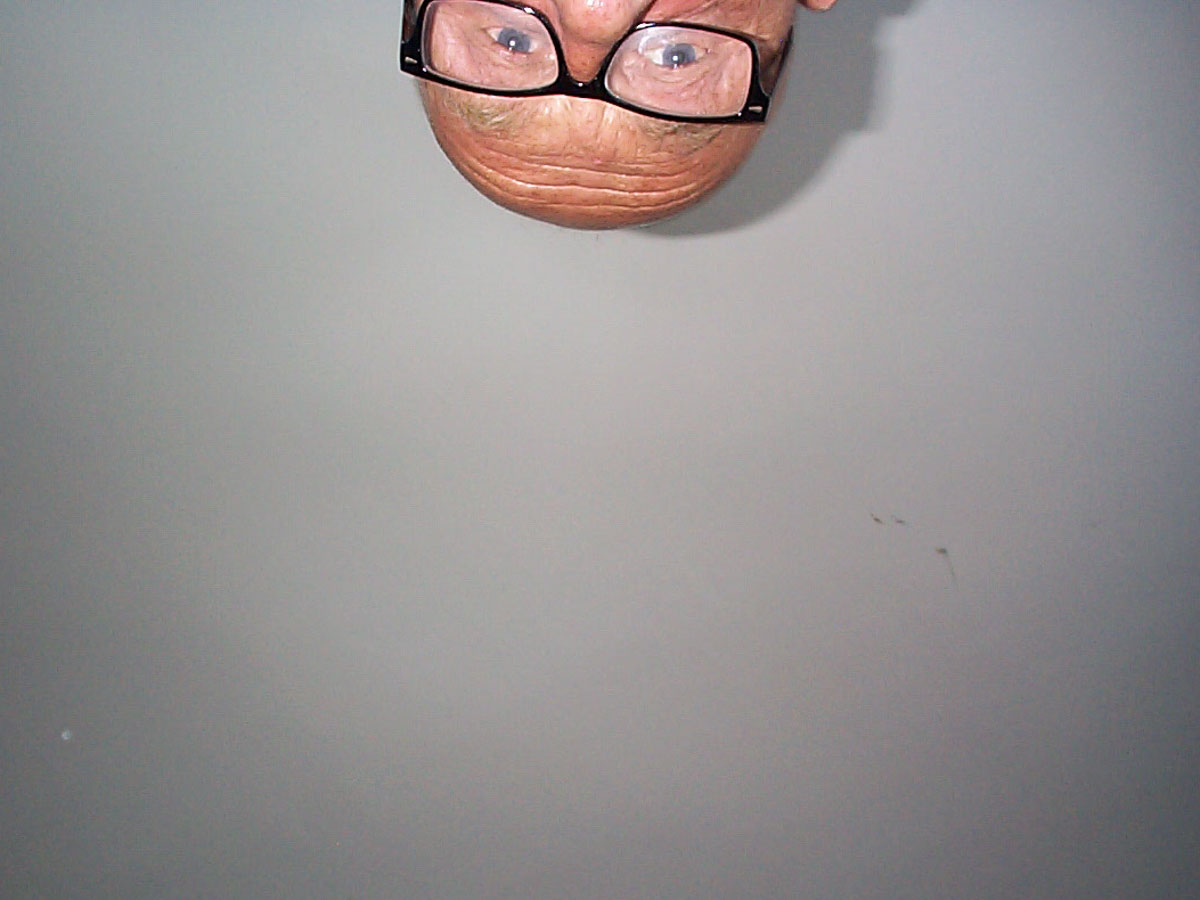
Selfie vs. Self-Portrait (What’s the Difference?)
While both are forms of self-representation, selfies are usually spontaneous, disposable, and designed for sharing. Traditional self-portraits, however, are carefully composed and intended to last, often reflecting stronger emotion.
Did you know that, on average, people take between two and five selfies before getting the perfect shot? This trial-and-error process highlights selfies’ casual, performative nature, aimed more at crafting an appealing image than expressing deep introspection. This difference helps explain why people post selfies on social media—for quick feedback, connection, and validation—rather than for artistic or emotional depth.
The Three Types of Selfie Takers
Psychologists have identified three types of selfie takers based on motivation:
- Communicators: Use selfies to connect with others and spark conversations. Their selfies often promote social causes, raise awareness, or express beliefs.
- Autobiographers: Use selfies as a visual diary, capturing essential life experiences (see Figure 3). They see selfies as a way to document their unique journey and share their stories.
- Self-publicists: Celebrities, influencers, and public figures often take selfies to build and maintain their brand. They use selfies to shape their public identity, engaging audiences with curated glimpses into their lives.
Understanding these groups sheds light on what kind of people take a lot of selfies and how their intentions differ.
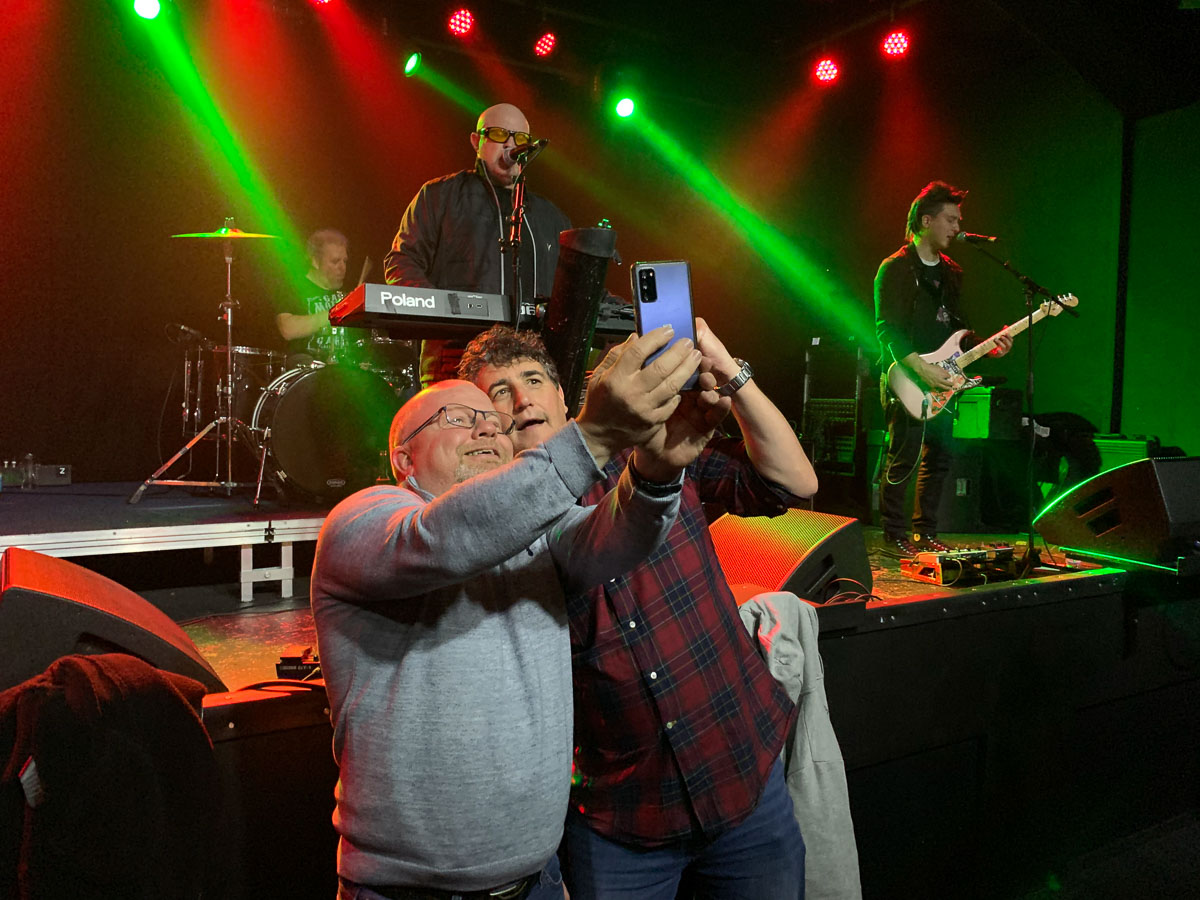
Personality Traits and Why Do People Take Selfies
Additionally, several personality traits influence selfie behaviour:
- Seeking Self-Approval: People take selfies to validate their worth, showcasing achievements or desirable personality traits. This quest for self-approval often leads to more frequent selfie-taking among individuals with low self-esteem or narcissism. The need for validation also contributes to more frequent checking for ‘likes’!
- Embracing Belonging: Others take selfies to fit into social norms, especially in the digital age. Those more open to experiences may take selfies to feel more accepted in their social circles, aligning with trends and ideals. Through selfies, they cultivate a sense of belonging with their online communities.
- Documenting Memories: Selfies often serve as visual records of key life experiences. Taking them creates lasting reminders of the past, preserving memories for future reflection. Extroverted and agreeable individuals tend to take selfies to capture happy memories. This desire to document life is another reason why people take selfies.
So, what does psychology say about selfies? It reveals they’re often motivated by deep psychological needs like validation, connection, and self-enhancement.
Why Do People Take Selfies? The Good, the Bad, and the Ugly
The Good (Why Are Selfies Good?)
Research shows that taking selfies (and photos generally) can boost self-esteem and enjoyment of life experiences (see Figure 4). For instance, taking selfies at a concert or on vacation can help individuals feel more engaged with the moment, fostering a deeper emotional connection. These positive aspects of why people take selfies help people preserve life’s happy memories.
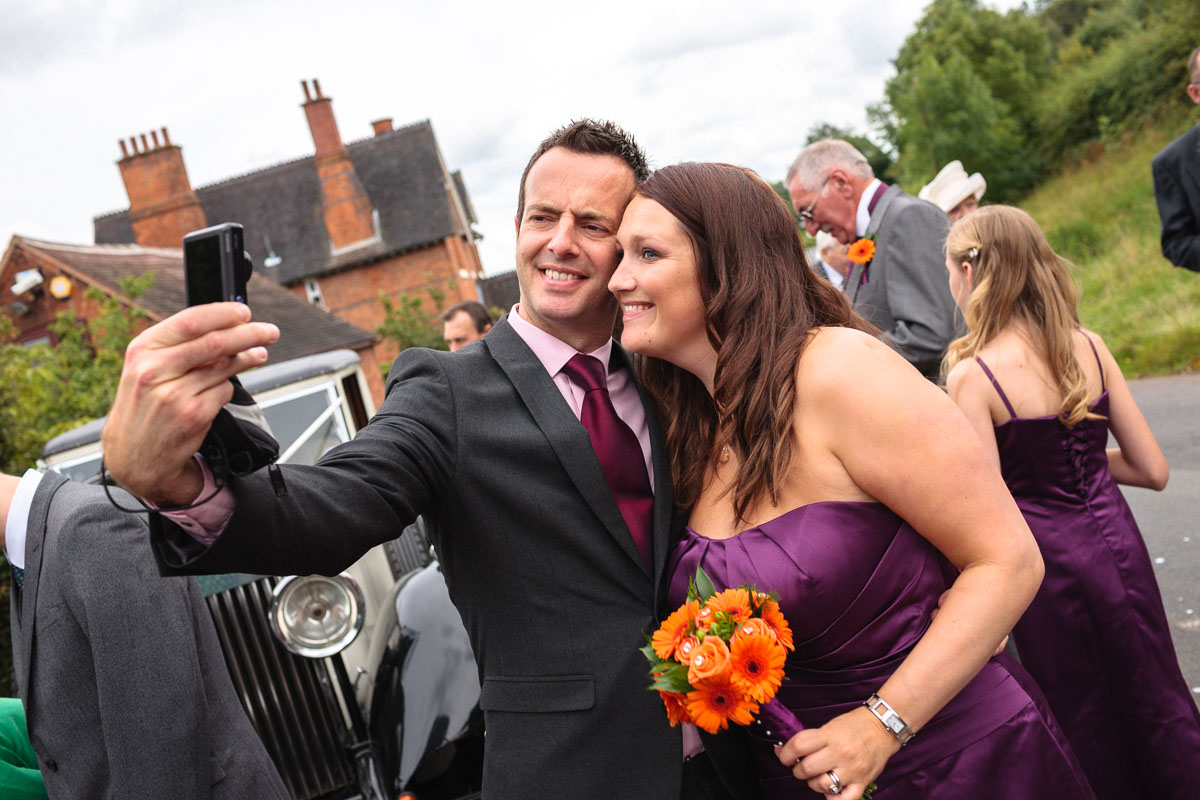
The Bad (Why Are Selfies Bad?)
On the other hand, excessive selfie-taking can become compulsive. This condition, sometimes called selfitis, describes an obsessive need to take and post selfies. Though not yet a clinical diagnosis, it shares traits with addictive behaviour. This behaviour is often linked to low self-esteem or narcissism and can interfere with daily life. Furthermore, taking and sharing selfies can amplify narcissistic tendencies over time.
So, what are the symptoms of selfie addiction?
- Constantly taking multiple selfies per day
- Feeling anxious if unable to post
- Checking likes and comments obsessively
- Neglecting responsibilities due to selfie-related activities
In this context, are selfies attention-seeking? Sometimes. But often, they reflect unmet emotional needs rather than shallow vanity.
The Ugly (The Dangers of Taking Selfies)
There are genuine dangers of taking selfies—both psychological and physical. Beyond physical risks (such as accidents while taking risky selfies), there are concerns about mental health. For example, taking a selfie from a close distance can distort how people see themselves, like making one’s nose look longer. This phenomenon, known as the Selfie Effect, can distort self-image.
Comparing oneself to filtered selfies can also be troublesome, as they blur the line between reality and illusion. Over time, this distortion contributes to issues like Snapchat dysmorphia, where individuals pursue cosmetic surgery to match filtered versions of themselves. In extreme cases, this fuels debate: Is taking selfies a mental disorder? While not officially classified, irrational behaviour may co-occur with underlying body image issues or mood disorders.
What Does It Mean When Someone Is Always Taking Selfies?
Constant selfie-taking may signal deeper psychological struggles. It might point to:
- A need for external validation
- Fear of missing out (FOMO)
- Social comparison anxiety
So, what do you call a person who takes a lot of selfies? Some refer to them (pejoratively) as “selfie addicts,” though it’s more helpful to consider the psychological context.
The Impact of Selfies on Identity and Memory
Through selfies, we carefully curate how others perceive us (see Figure 5). Taking and sharing them can affect self-perception and identity formation—especially when our digital or online selves diverge from reality. This impact is why we’re so obsessed with taking selfies: they allow us to craft a version of ourselves that feels idealised, crafted to meet others’ expectations.
But, excessive selfie-taking also distorts identity and memory. Over time, we’re more likely to remember the past in ways that reflect how we want others to perceive us—rather than our true selves.
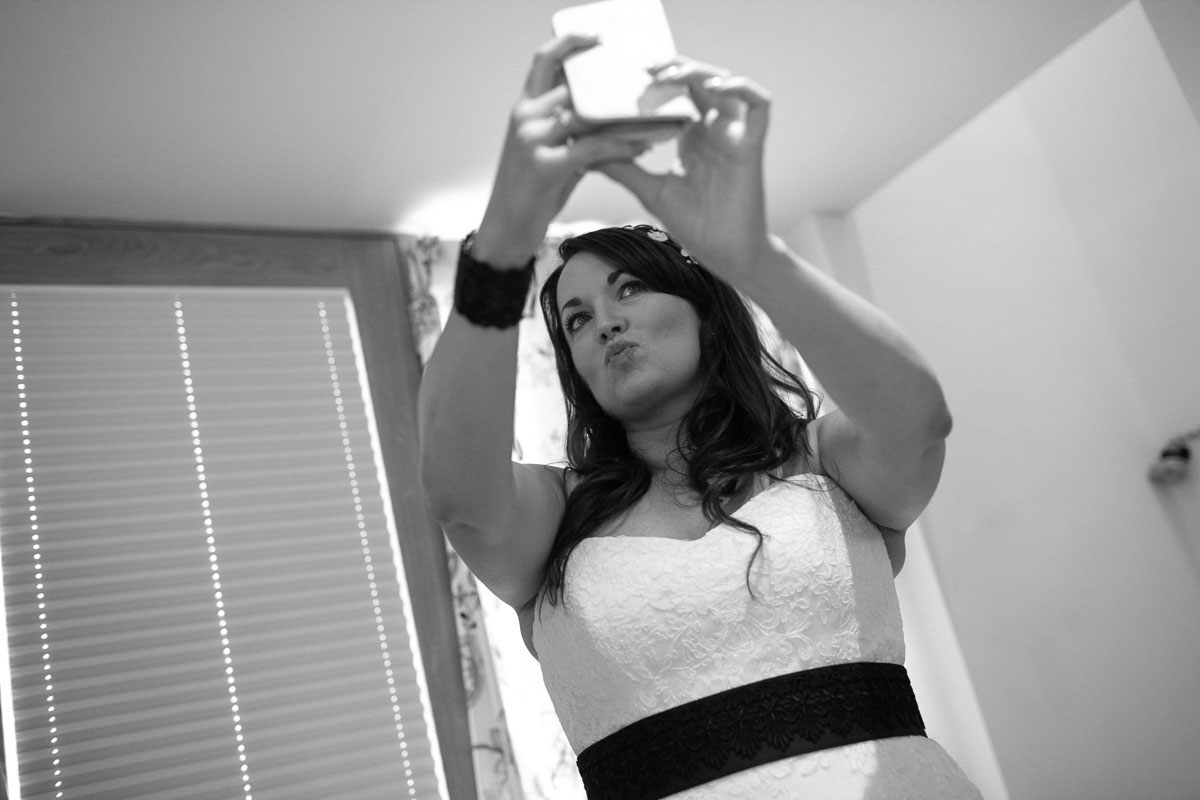
Summary (Why Do People Take Selfies?)
So, why do people take a selfie?
- To express identity
- To connect socially
- To boost mood or self-esteem
- To preserve memories
- To seek validation or attention
Yet, it’s essential to strike a balance. When selfie-taking becomes compulsive or distorts reality, it shifts from a creative act to a potentially harmful one.
Final Thoughts
Understanding why people take selfies helps us see the practice for what it is: a mix of self-expression, social connection, and—sometimes—psychological vulnerability. Whether you believe selfies are good or bad, reflecting on your habits and motivations is beneficial.
Used mindfully, selfies can be a fun, empowering tool. But taken to extremes, they can negatively impact mental health, body image, and relationships. Like any behaviour, awareness is key.
More Photos (Why Do People Take Selfies?)
Here are some of my candid photographs of people taking selfies. These images capture the joy, creativity, and sometimes absurdity behind our obsession with self-image.
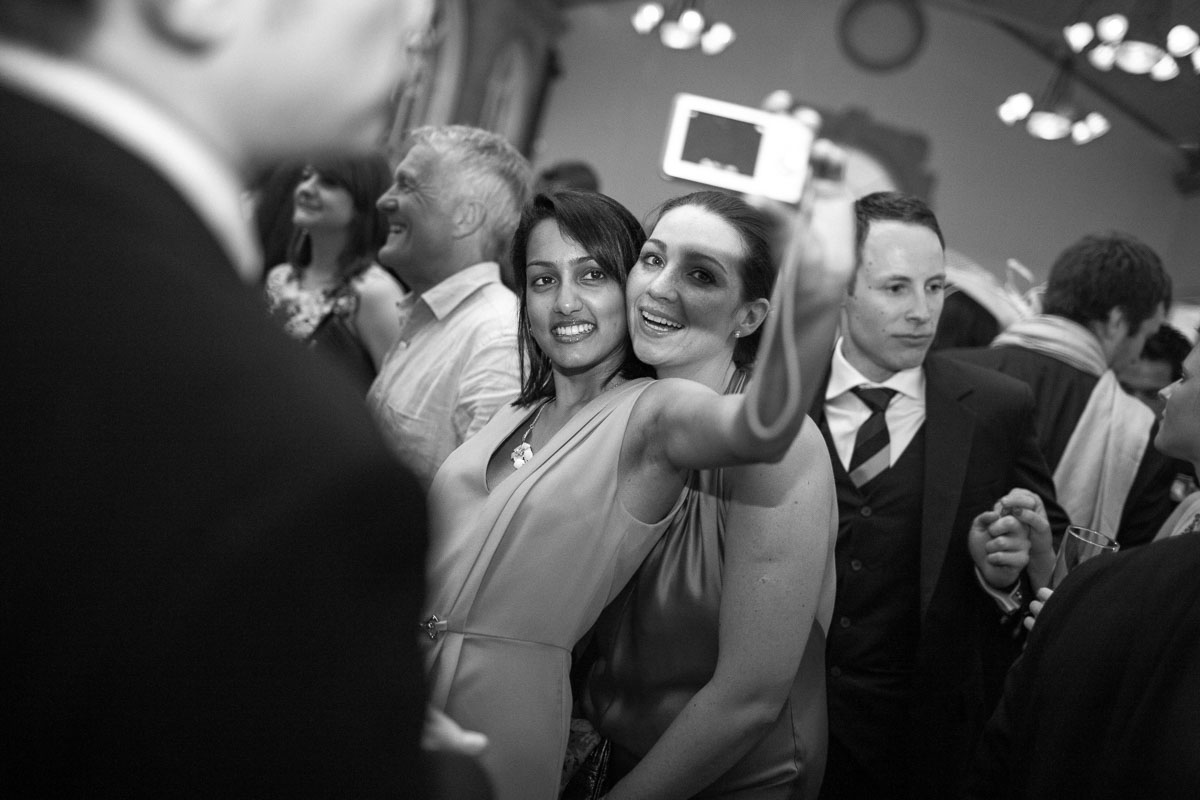
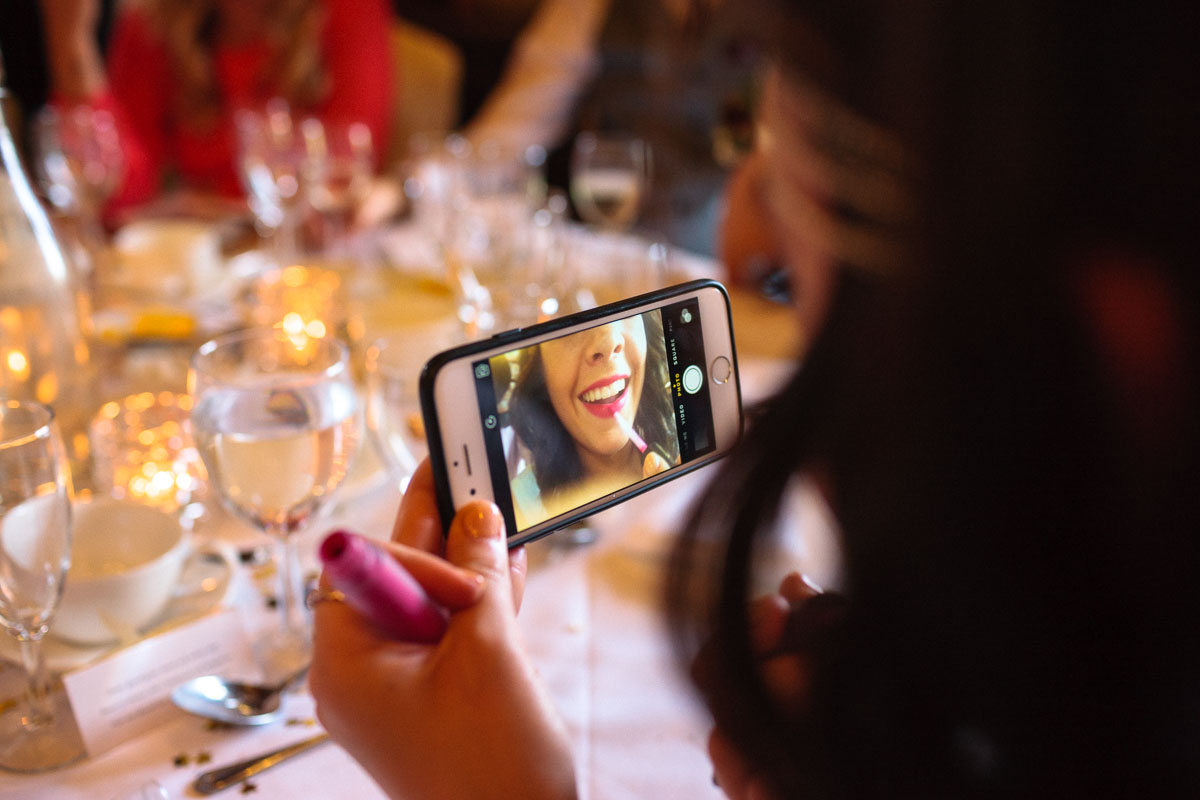
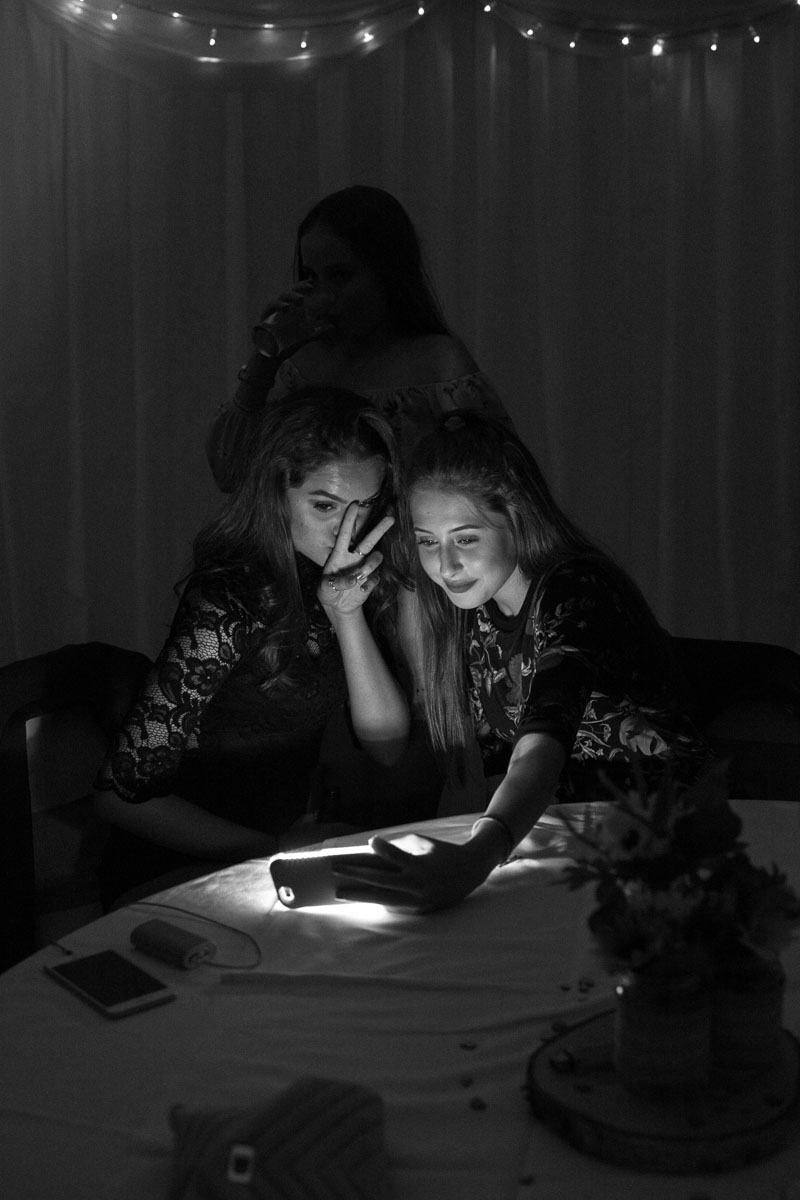
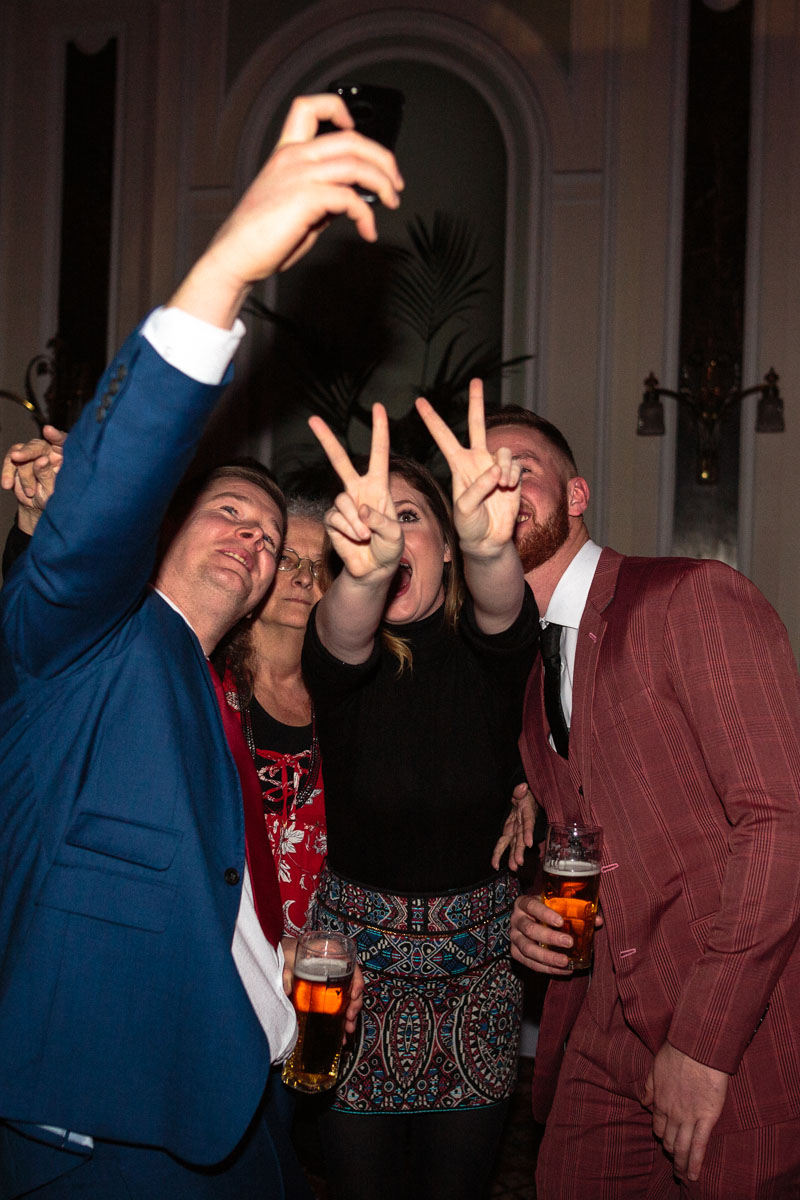
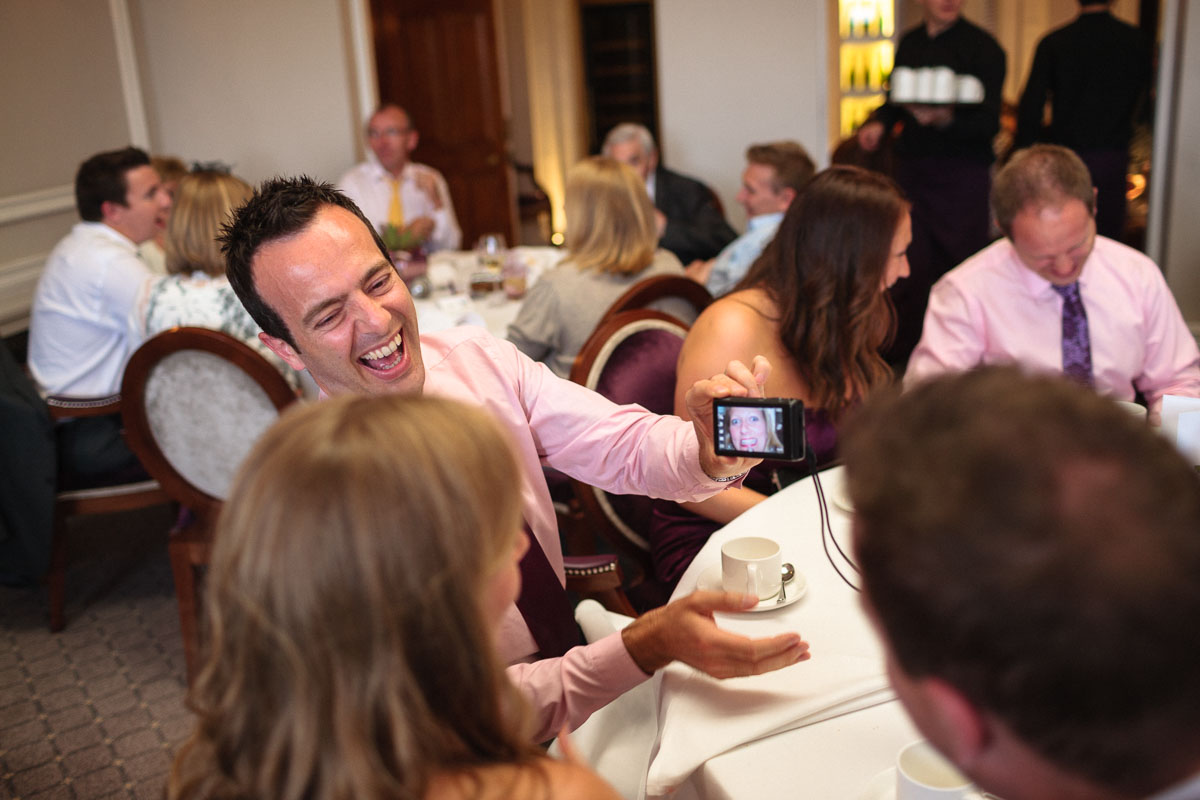
Remember to check out my other psychology articles.
Enjoyed this article? Spread the word. Thank you!

